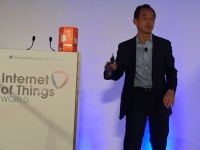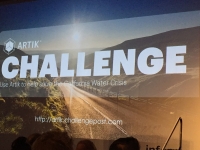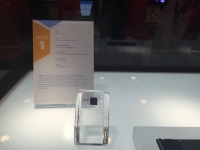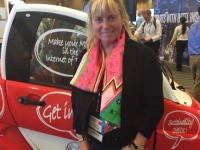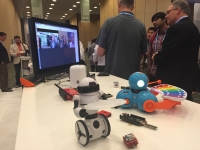Technology
IoT WORLD2015 CONFERENCE HITS THE CLOUDS
NOT CONNECTED = NOT RELEVANT!
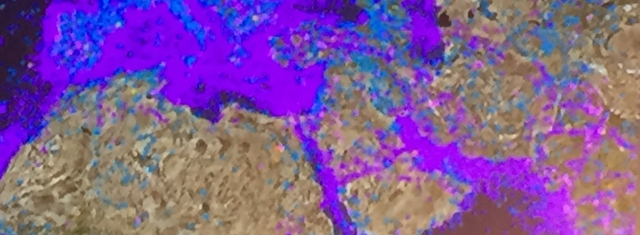
The IoT has the power to reach a very wide consumer base and delve deeply into enterprise use, while bringing up more questions than answers. A hive of seemingly contradictory developments, the IoT around us represents a combination of the ad-hoc with the deliberately structured.
Only a few accurately know what that role of IoT will be, or have a realistic estimation of the size of the opportunity. We can look at technology presented at World 2015 in two extremes: either as a paranoid or a polyanna. We either love or hate a new technology and it´s clear that we need to find that middle ground. IoT turns people into idealistic visionaries or doom and gloom naysayers. We have to take reasonable steps and move forward.
Currently available "things“with internet capabilities include wearables, smart thermostats, and connected cars, among others. But the market is preparing for an onslaught of similar products for both consumers and businesses. Based on IoT World 2015, we will start to see swarms but they will all be siloed products from a single company mostly because it´s the easiest thing to do, the worlds of devices vs swarms is very different.
For example let´s look at fitness trackers, one example of a major hurdle that enterprise IoT devices must leap: simplicity despite complexity. Such wearables need to offer the user a practical yet appealing interface, monitor health conditions of the user, reliably store or relay data to necessary parties. Though most patients are ready for wearable devices that sync with medical software. the IoT industry has yet to fully break into mainstream enterprise usage. Wearables in healthcare are “certainly going to be a major area of development over the next few years“ says Gavin Whitechurch founder of IoT World.
“The ways consumers can use technology nowadays in all areas and aspect of their lives is very exciting “ says Samsung Electronics President Joung Sohn. Focusing in on the ability to help people for example save energy, very relevant especially in Europe, one of the many ways of making a real difference in people´s homes and lives.
Samsung´s smallest module in the series, ARTIK 1 for example (just 12mm by 12mm) intended for use in wearables and end nodes, includes a 9-axis motion sensor and Bluetooth low energy connectivity. Samsung claims it can run for one week on a single charge. The largest board, the ARTIK 10, has an eight-processor chip, 32 gigabytes of storage, and can handle video encoding and playback. ARTIK´s users already include Boogio, which makes sensors for shoes, and Weenat, which helps farmers monitor their fields.
The important issues related to the IoT are reducing complexity, whether of the devices themselves, or the software platforms and communications methods they use, creating strong user experiences, and ensuring that devices work together in a smooth manner. Everyone wants, and is likely very hard, an open system where everything can work together. That is likely going to take a while to pull together.
It seems that given the progress IoT has already made, it´s not a matter of if these obstacles will be overcome“” but when.
more information: https://www.ambassadorialroundtable.org

